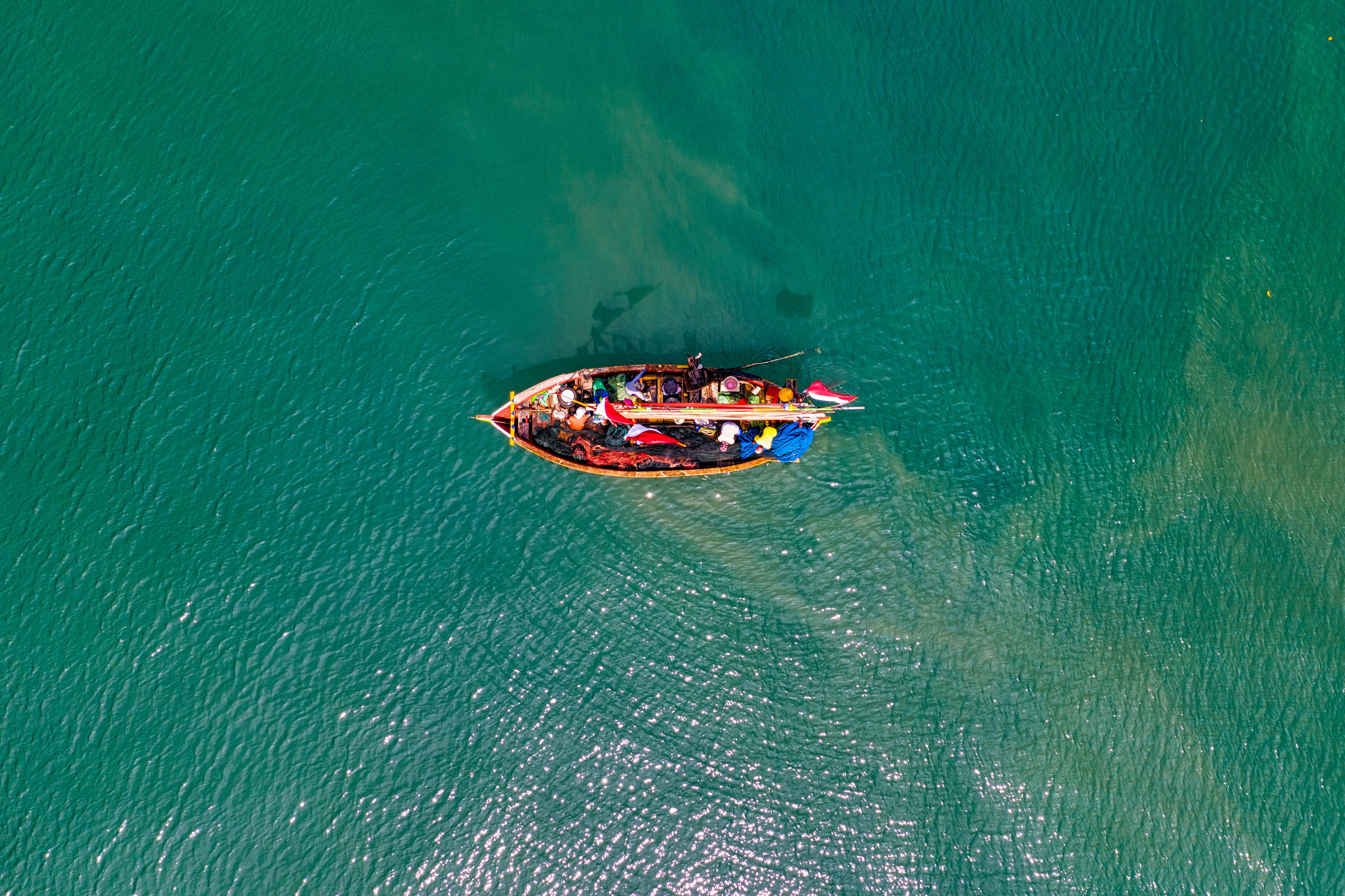The Dordogne Valley, or Perigord as the locals also call it, is home to many of the “most beautiful villages in France”. This area is not as well known as others in the country, but it is certainly one of the most beautiful. These 5 places are among the best sites in the region, and a visit to the Dordogne is not complete without seeing them all.
1. Domme-Domme is a village perched on top of a rocky cliff overlooking the
Dordogne valley. From the lookout, the view embraces the valley
from the Montfort meander in the east to Beynac in the west. The view of the calm river and farm fields belies the violence that took place here in the Middle Ages.
Domme is a bastide town that was founded by Philip the Bold in 1283, so it’s actually newer than other towns in the area. People at the time were encouraged to go to the newly founded towns, called bastides, most of which were planned around a central covered market area. There are numerous bastides in France dating from this general period. Although worth a visit anytime, Domme is particularly enjoyable on market days when you’ll find home-grown and homemade fruit and vegetables, sausages, olives, cheeses, cured hams and of course a Dordogne staple, the foie gras Check any of the local Tourist Offices to find the hours of the markets in Domme or other towns.
2. La Roque Gageac- This charming village is nestled against a cliff that drops vertically into the Dordogne River. It has attractive little streets with interesting houses, churches and other buildings, including the Manoir de Tarde, a manor house of the Tarde family, once famous locally. One stretch has an abundance of semi-tropical plant life, as the protection of the cliff is such that the flora there can survive even in the winter months.
A walking path runs behind the buildings at the foot of the cliff and offers great views and photography. Troglodyte caves are also around here and are worth a visit.
3. Beynac – About 2 miles down the road is beautiful Beynac. The Chateau de Beynac stands on a remarkable site, rising from the top of a rock and dominating the
valley dotted with hills crowned with castles. The castle was once captured by Richard the Lionheart, and over the years and during numerous wars it was destroyed and then rebuilt. There is a sheer drop of almost 500 feet. from the castle to the river, and the view is spectacular. The panorama includes the nearby castles of Marqueyssac, Castelnaud and Fayrac. The village, tucked away at the foot of the cliff adjacent to the river, is where the movie “Chocolat” was filmed. A steep path known locally as the Caminal del Panieraire (basket maker’s path; this was seen in the opening scenes of the film “Chocolat”) leads from the bottom of the village, through rows of Renaissance houses dating from the 15th to 17th centuries, up to the castle and the church on top. This hike is definitely recommended, but it does get steep towards the top. Tours of the castle are normally conducted in French, but tours are offered in English on some mornings. Check with one of the local tourist offices for availability.
4. Castelnaud: This “fortress castle,” or fortified castle, is located only about 2 kilometers from Beynac Castle, and it was between the two that the battlefront between the English and French shifted during the Hundred Years’ War. The castle changed hands between the two sides on numerous occasions. There were several periods of restoration after the Middle Ages, the latest beginning as recently as 1969. The castle offers superior views of the Dordogne Valley, and is also home to a museum of medieval and siege weapons. One can see several catapults in the courtyard, even from the valley below. There are also two films, one about the arms museum and the other about the history of the castle. The surrounding village is picturesque, but be prepared for a steep climb on foot to reach the castle.
5. Sarlat – A bustling town today, Sarlat grew up around a Benedictine abbey founded in the 9th century. The abbots retained their power until the 13th century, when infighting and corruption brought about their downfall. The 13th and early 14th centuries were a prosperous time for this busy trading city, but the Hundred Years’ War left it weakened and depopulated. This was followed by a period of reconstruction, and most of the houses in the town you see today were built between 1450 and 1500. This has created a very attractive Renaissance-style architectural unity. If possible, dine in one of the many restaurants in the old town and see the town at night as well, as it is attractively illuminated. The old town of Sarlat has several interesting places to visit, such as the Cathedral of San Sacerdos; the Maison de la Boetie, where Etienne de la Boetie, a famous writer and friend of Montaigne, who also influenced Rousseau, was born; the Hotel de Maleville; among others. There are many lovely shops, galleries, and restaurants.
The Dordogne region is home to a number of other interesting sites in addition to the 5 described above. As these sites are about 10 kilometers from each other, one can comfortably visit all of them in two days. If you have more time to spend in the area, there are other castles and gardens to see, as well as canoeing, kayaking, and other activities. The area is very popular with the British and Dutch, many of whom have second homes in the region or have moved there full time. In my opinion, this is one of the most beautiful and pleasant parts of France. The food is excellent, and you can’t visit here without trying the duck confit or breast, duck confit, or duck breast. Needless to say, trying some foie gras is practically mandatory.
